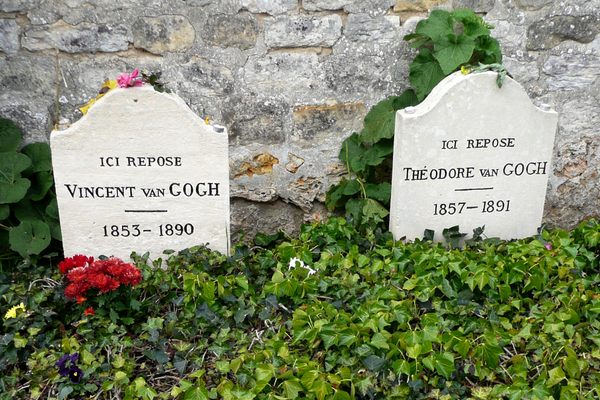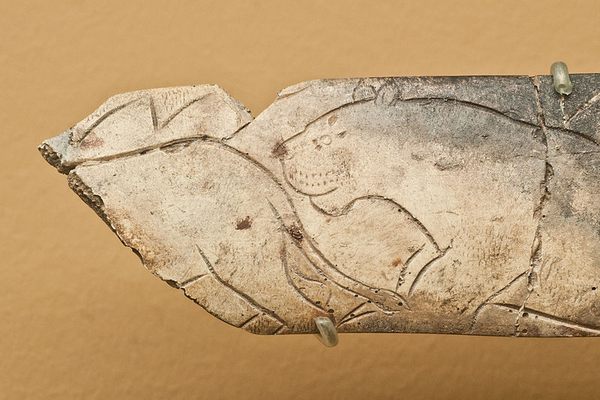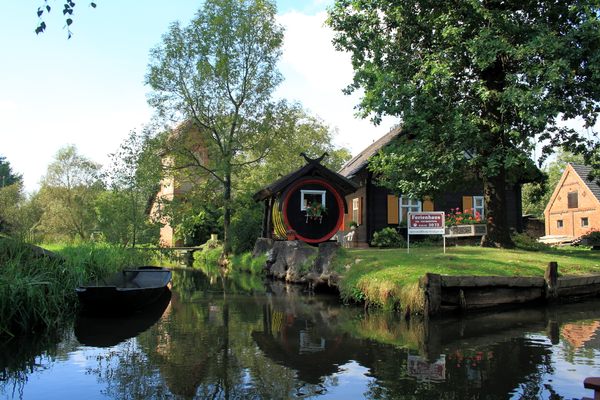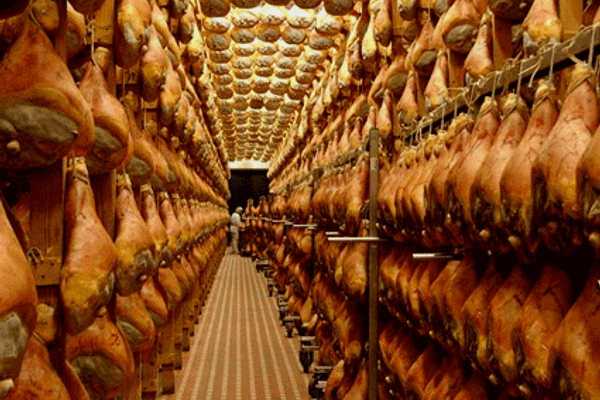AO Edited
Gastro Obscura
Musée de l'Absinthe
One woman's decades-long obsession with the "La Fée Verte."
Often called the “green fairy” and sometimes purported to cause wild hallucinations and insanity, absinthe is a substance that has always waffled between taboo and high class. Numerous writers and artists have said absinthe provided them inspiration, but it also was banned in Europe (and the United States) for nearly 100 years.
Marie-Claude Delahaye, a French cellular biologist and absinthe historian, has long been fascinated by absinthe, its inspirational qualities and its history. Delahaye’s thirty-year-long interest has spurred her to write a number of books on the topic and open the Musée de l’Absinthe in Auvers-sur-Oise, a town better known the burial place of Vincent Van Gogh.
Delahaye’s absinthe obsession started in 1981 when she found an old-fashioned absinthe spoon used for the complicated preparation ritual. Her find instigated her collection of artworks, absinthe paraphernalia, advertisements and the like, all of which now hang in the museum.
Opened in 1994, the museum also tries to replicate a cafe from the Belle Epoque era, a time in the late-19th and early-20th century when France—particularly Paris—reached the height of fashion and leisure. Then, poets, artists and other bohemians drank absinthe, calling it their muse, in fashionable European cafes.
Absinthe was first invented in the late-18th century by French doctor Pierre Ordinaire who mixed wormwood and herbs as a cure for his patients. Soon after, it became the drink of choice for the French aristocracy, moving later to find popularity amongst artists and intellectuals. By the late 19th century, many ordinary French citizens would drink a glass of the stuff as a before-dinner aperitif.
Despite its international popularity, the drink was banned in France in 1915. The idea for the prohibition came from the idea that the drink made people insane.
Know Before You Go
Open Saturday and Sunday from 1-5 p.m.. Adults, 6 Euros.
Absinthe presentations and tastings are available for an additional 5 Euro p adult.
No photos in the museum though the proprietor will allow phone camera use for translation if your French isn't fluent.























Follow us on Twitter to get the latest on the world's hidden wonders.
Like us on Facebook to get the latest on the world's hidden wonders.
Follow us on Twitter Like us on Facebook